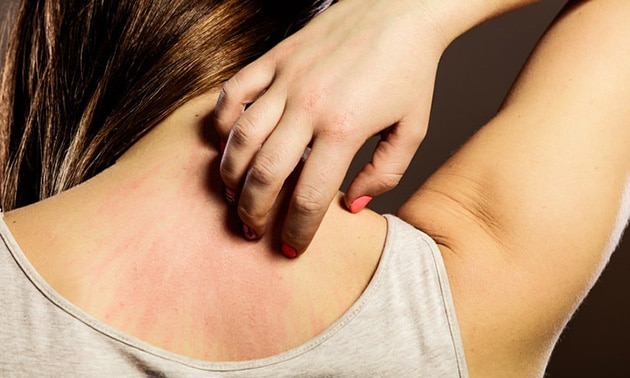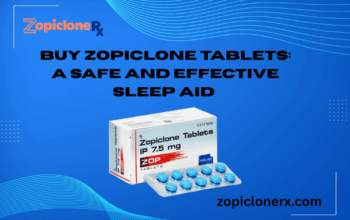Molds are essentially organisms which grow inside and outside of the building. On the outdoors, molds are an integral part of the ecosystem; however, they can become problematic on the inside. It is likely you will find mold growth in the dampest, darkest spaces. Molds can contribute to health issues and more than merely a cosmetic problem, it could cause damage a building.
The health of individuals who are in good shape and whose immune system functions have not been compromised are not considerably affected by typical amounts of mold in the environment. Nonetheless, there are some persons who might be more inclined to suffer from mold spores than others. These susceptible individuals could be affected by respiratory symptoms if only a small amount of spores are inhaled.
In large amounts, just about anyone can be affected by mold spores, which can result in ill health. As a result, people should strive to get rid of any mold that is found in the home and measures should be put in place to stop the mold from returning.
Mold Allergy Diagnosis
A doctor is qualified to diagnose mold allergy based on symptoms being displayed by a person and their family members and medical histories. The tests that may be administered include:
• Skin Prick
This kind of test will be utilized to check how the individual reacts to common allergens
• Blood Tests
Blood is taken for the purpose of measuring how the immune system responds to mold. The blood sample is basically used to look for allergic reactions to certain mold varieties. To detect a systemic fungal infection in someone with a compromised immune system, a blood sample could be taken. There are some cases in which additionally testing is necessary.
Mold Exposure Treatment
Treating mold exposure can be compared to treating other classes of allergies that are inhaled. The options include:
• Endeavoring to stay away from allergens
• Flushing mold spores from the nostrils with a nasal rinse
• Making use of a nasal spray as a decongestant for short-term treatment
• Lessening congestion with oral decongestants
• Preventing runny nose, sneezing and itchiness with antihistamines
• Reducing inflammation by using nasal corticosteroids
A physician may recommend immunotherapy as a long-term solution. This technique involves receiving a series of allergy shots over a period of a few years. This is a potentially highly effective kind of treatment; nevertheless, it is only suitable for particular types of mold allergies.
Conclusion
Seemingly, the health of certain individuals is affected by different types of indoor mold; however, there are others who are not susceptible. However, prolonged exposure to indoor mold could be harmful to anyone. Included among the individuals who are most susceptible to mold exposure symptoms are:
• Babies and young children
• Elderly adults
• Persons whose immune systems are compromised
• Individuals afflicted by allergies or asthma
Seemingly, the main health concerns relate to allergies and irritation, which normally lead to respiratory symptoms. Additionally, persons with compromised immune systems could be in danger of a fungal infection.




